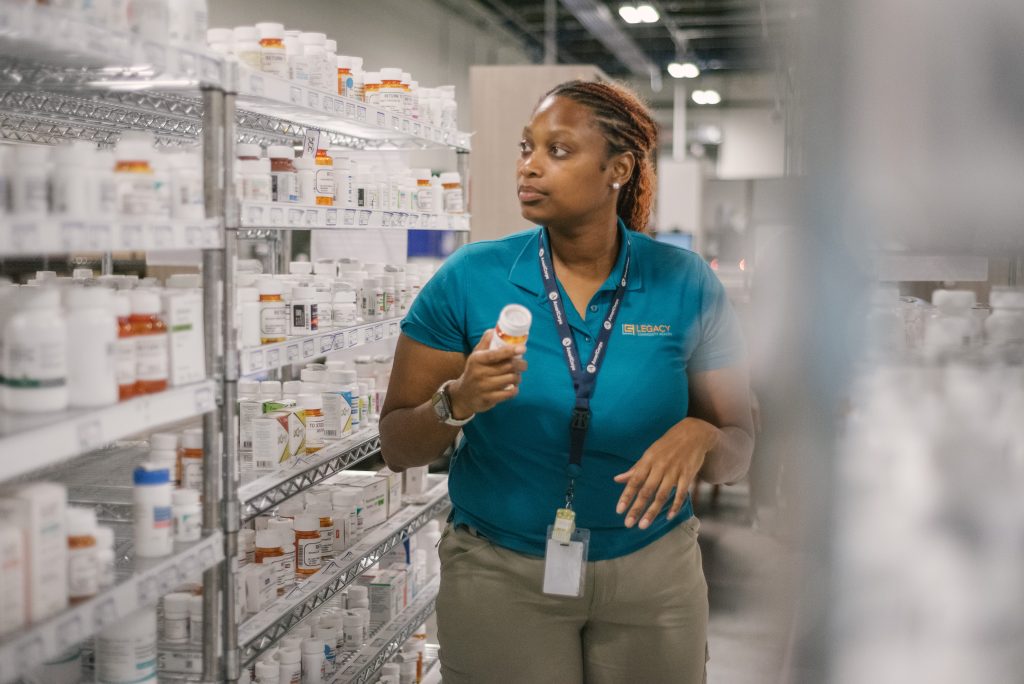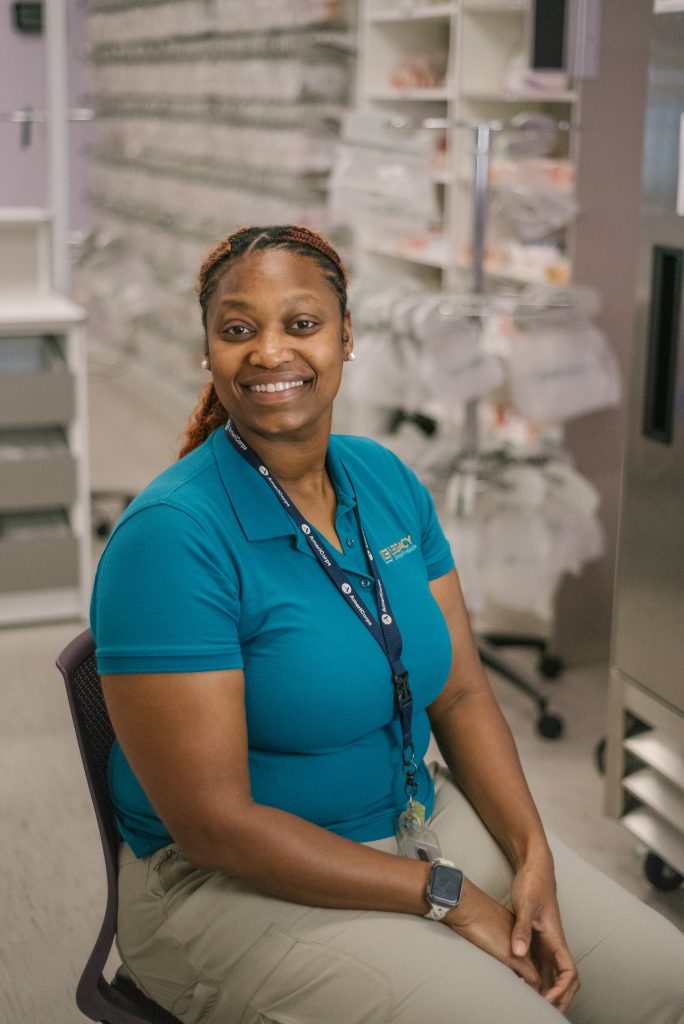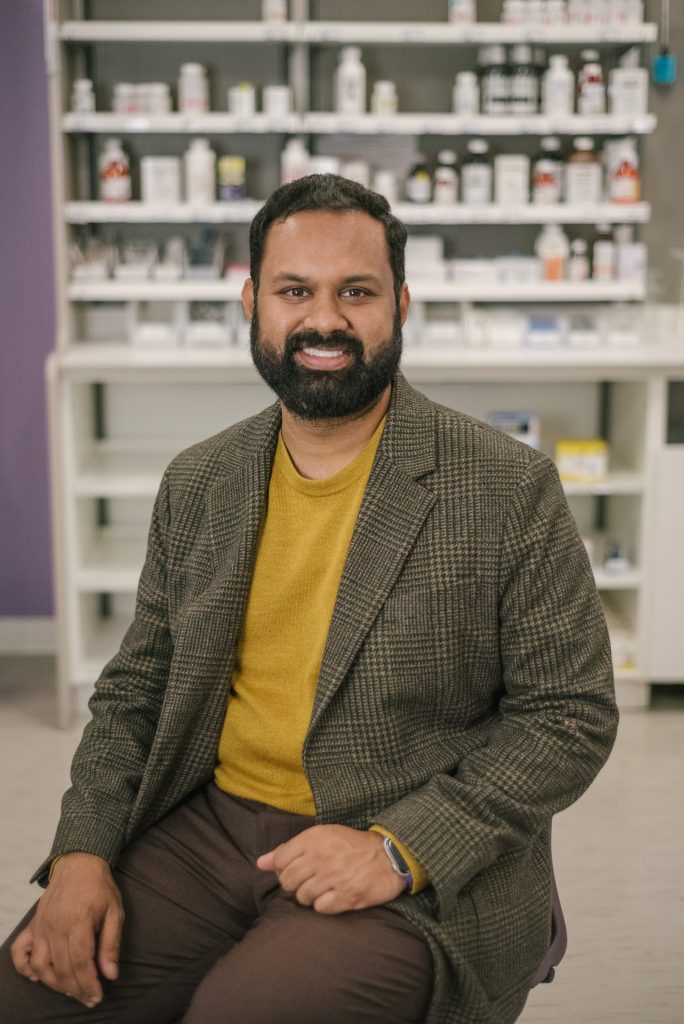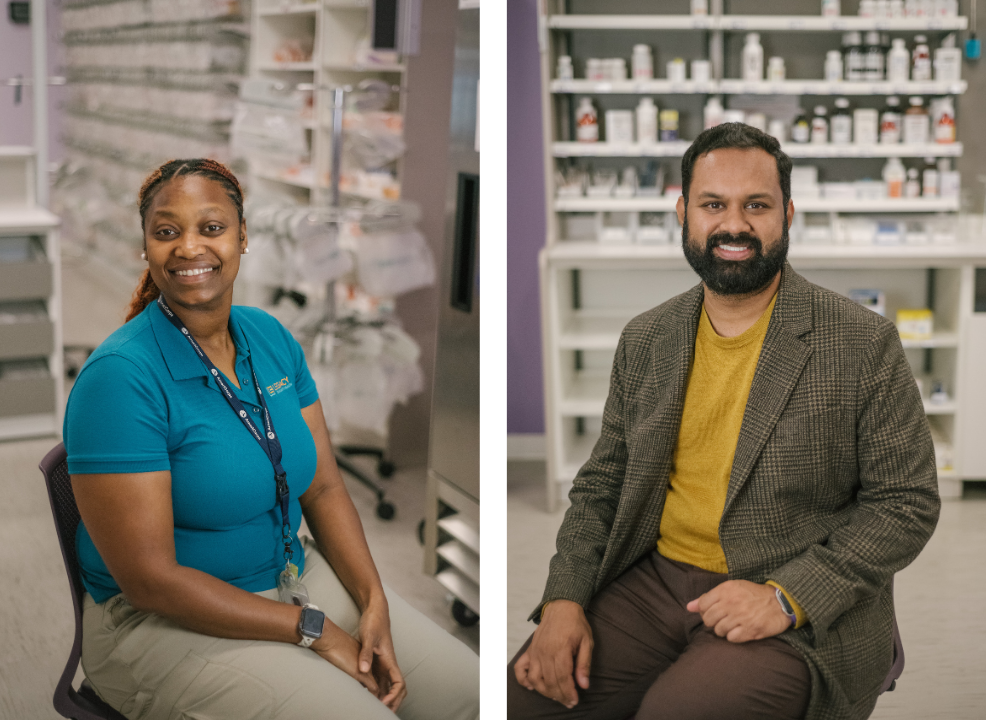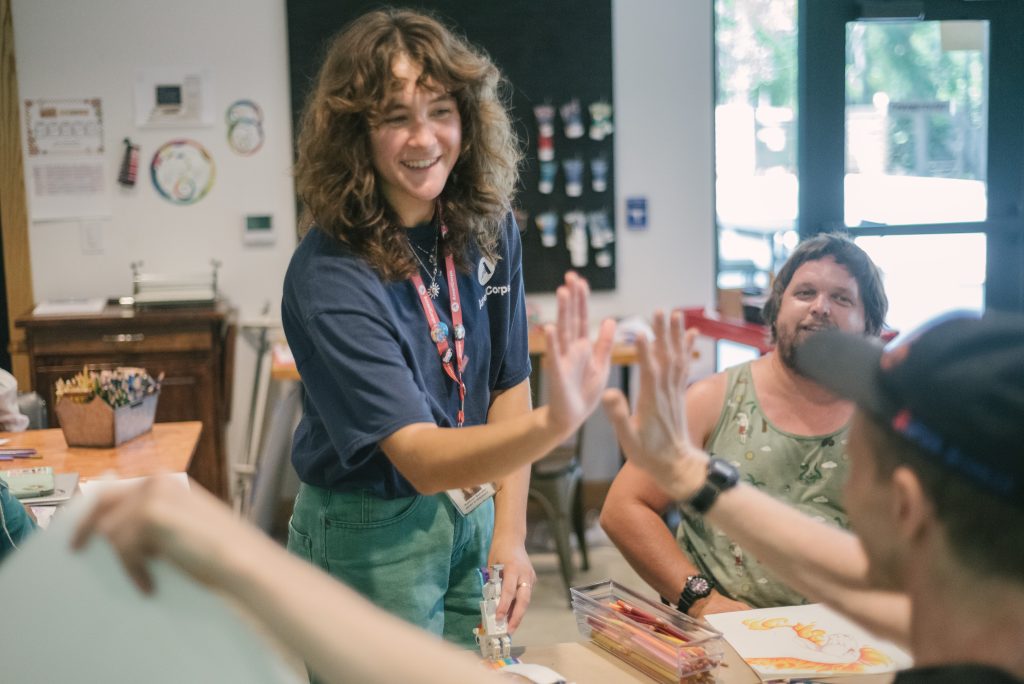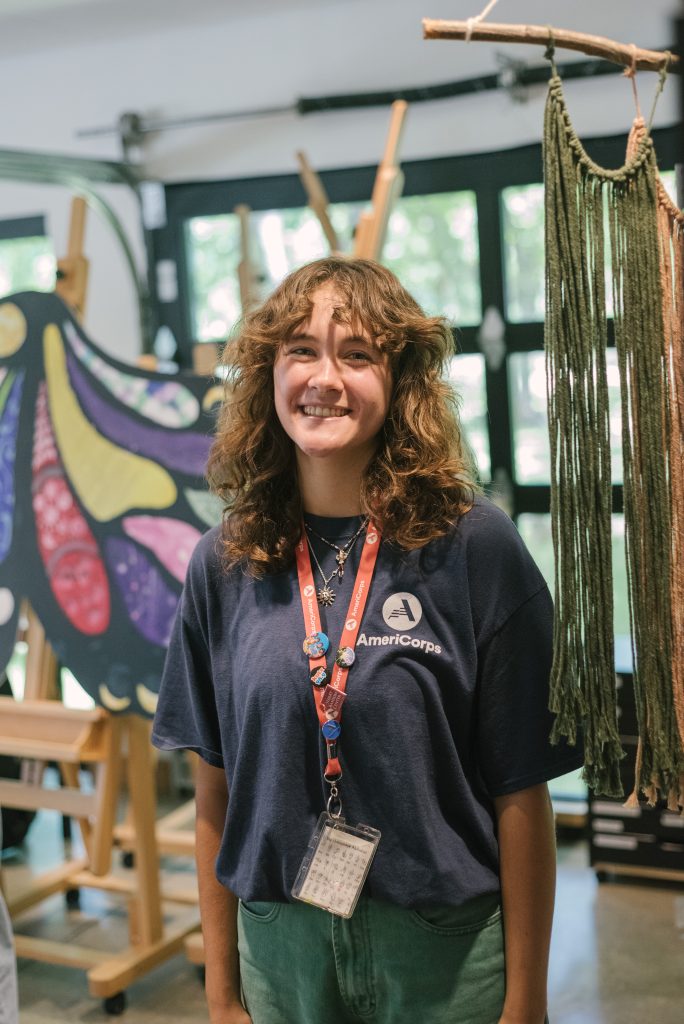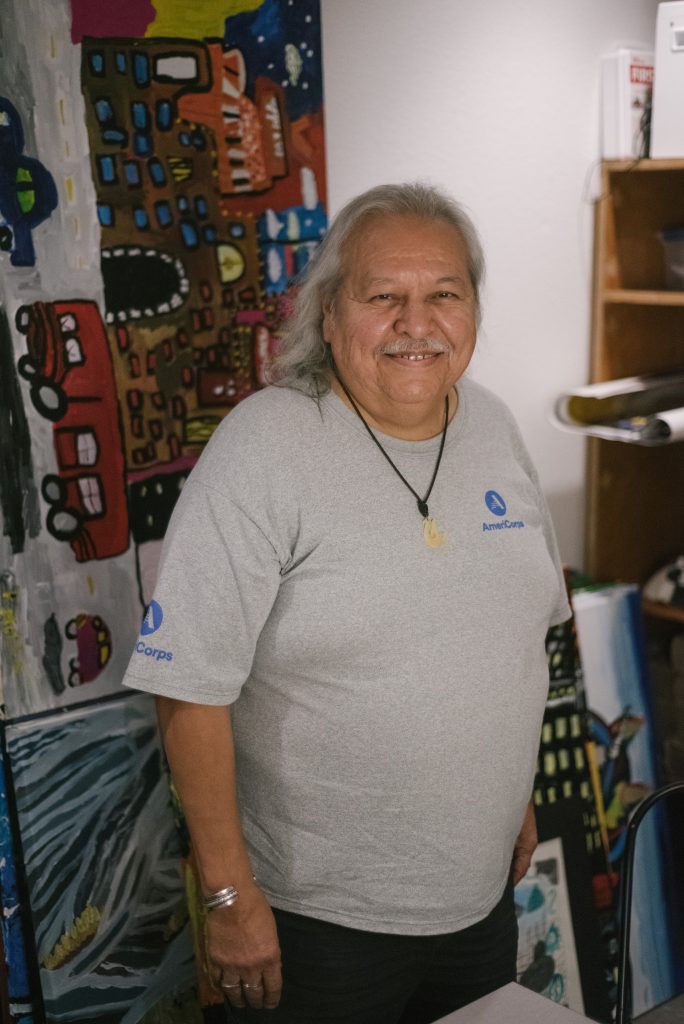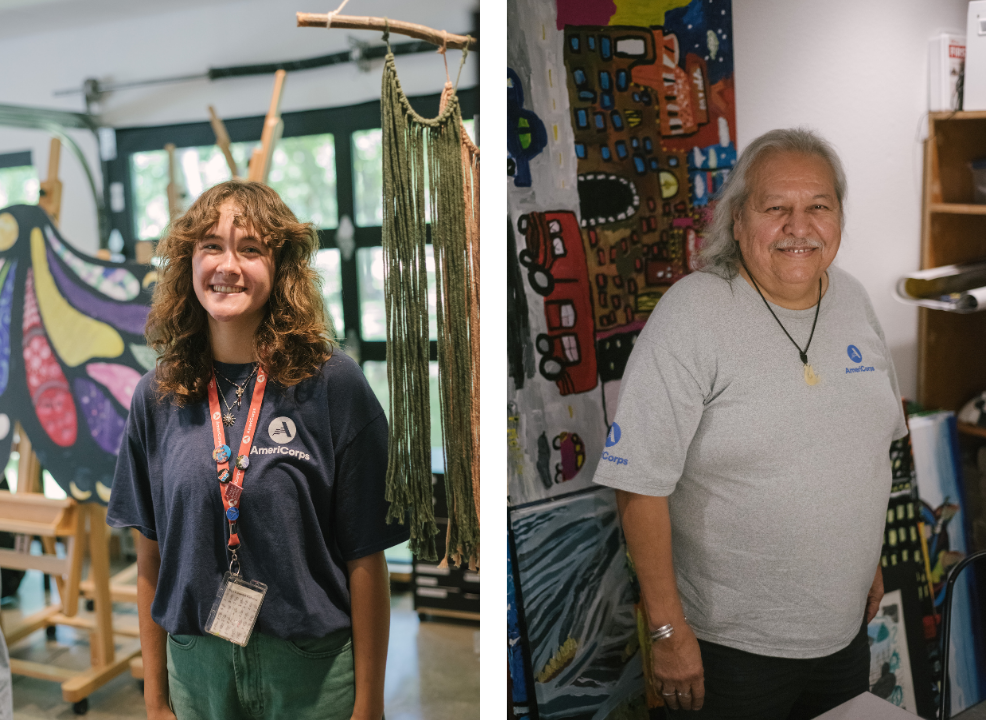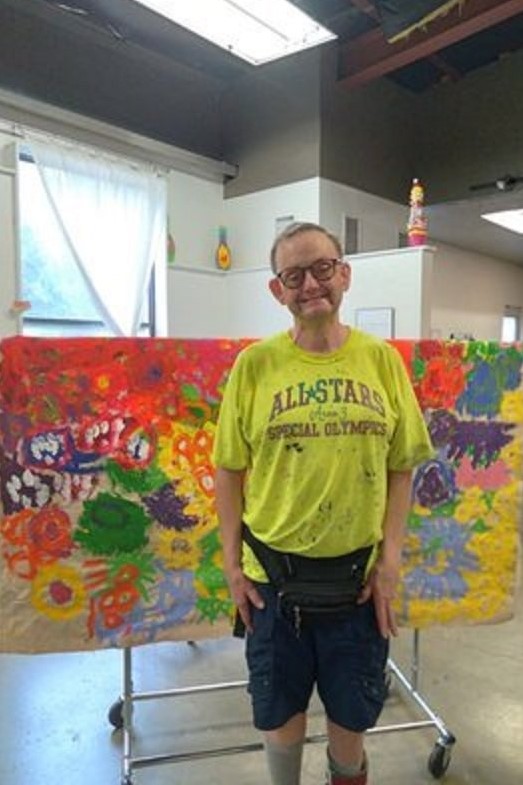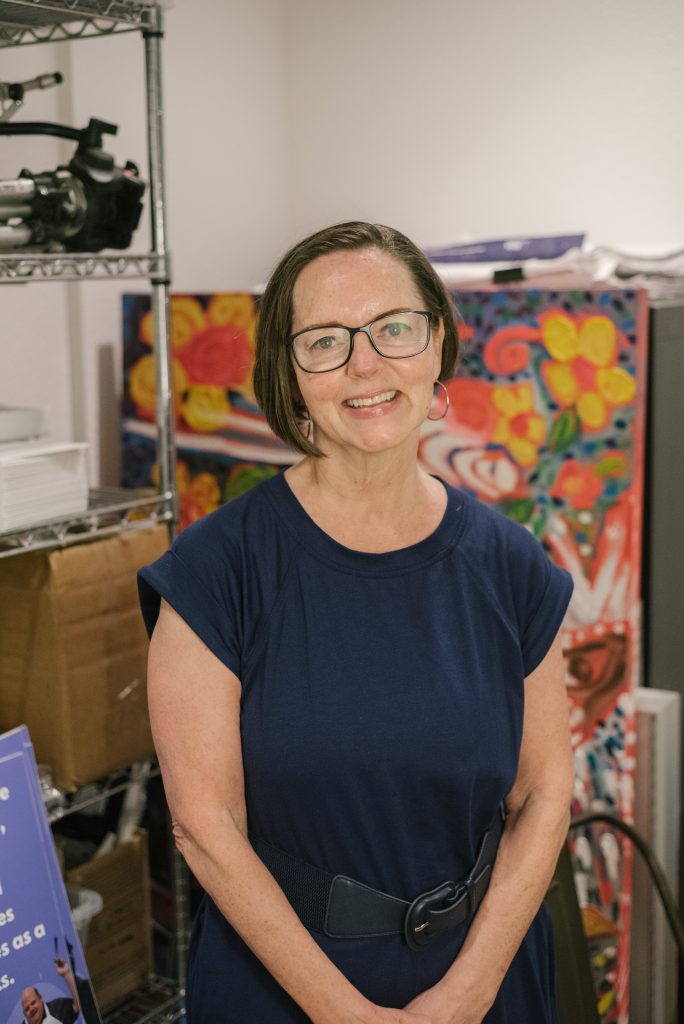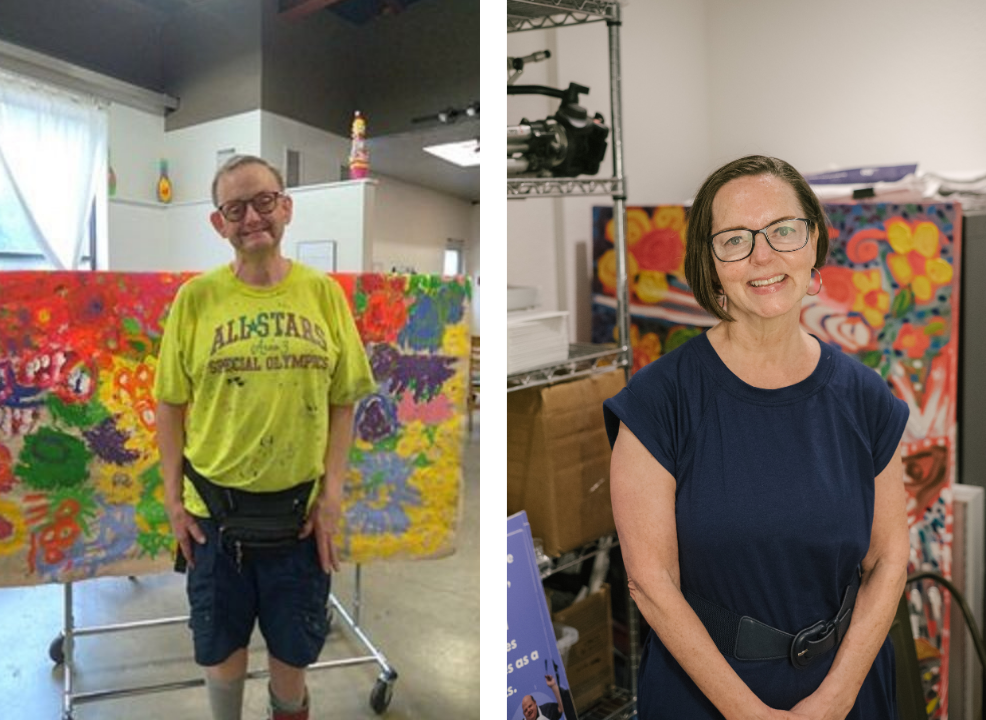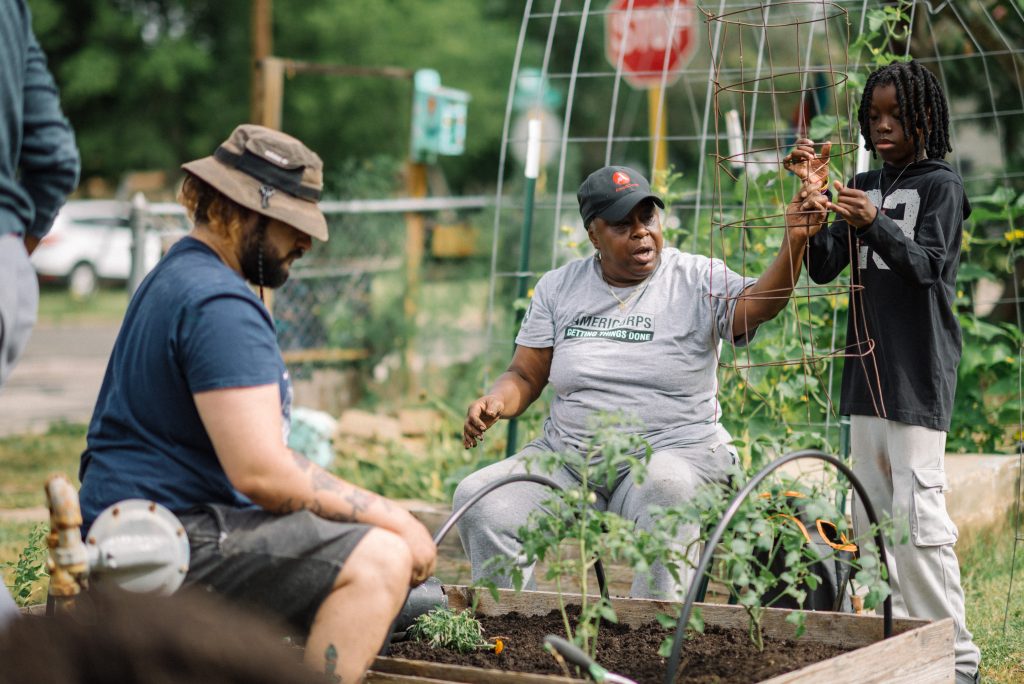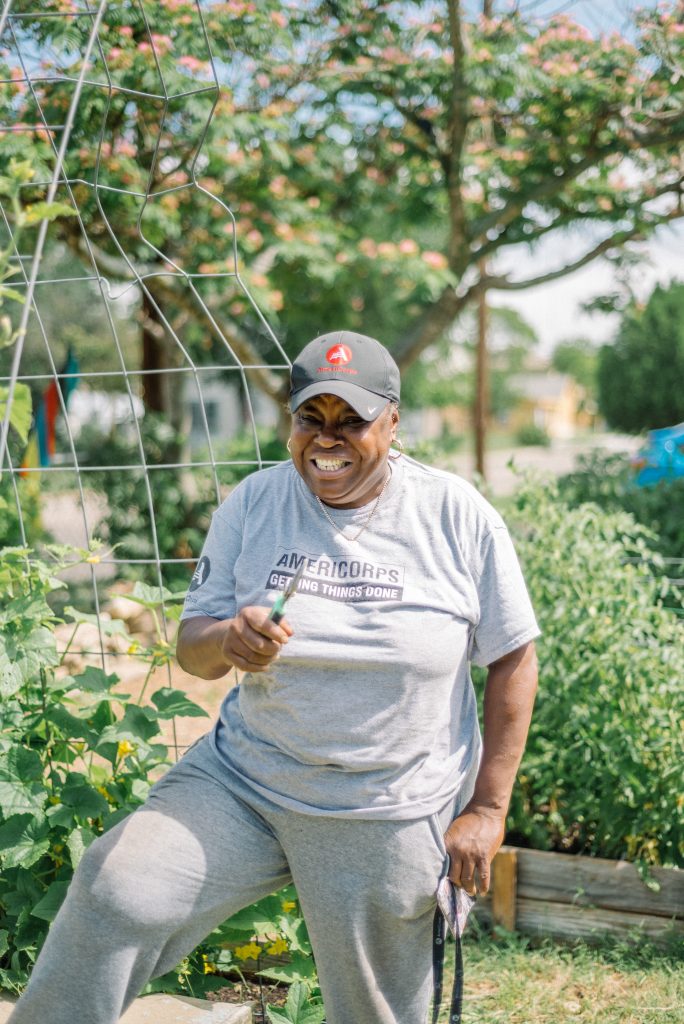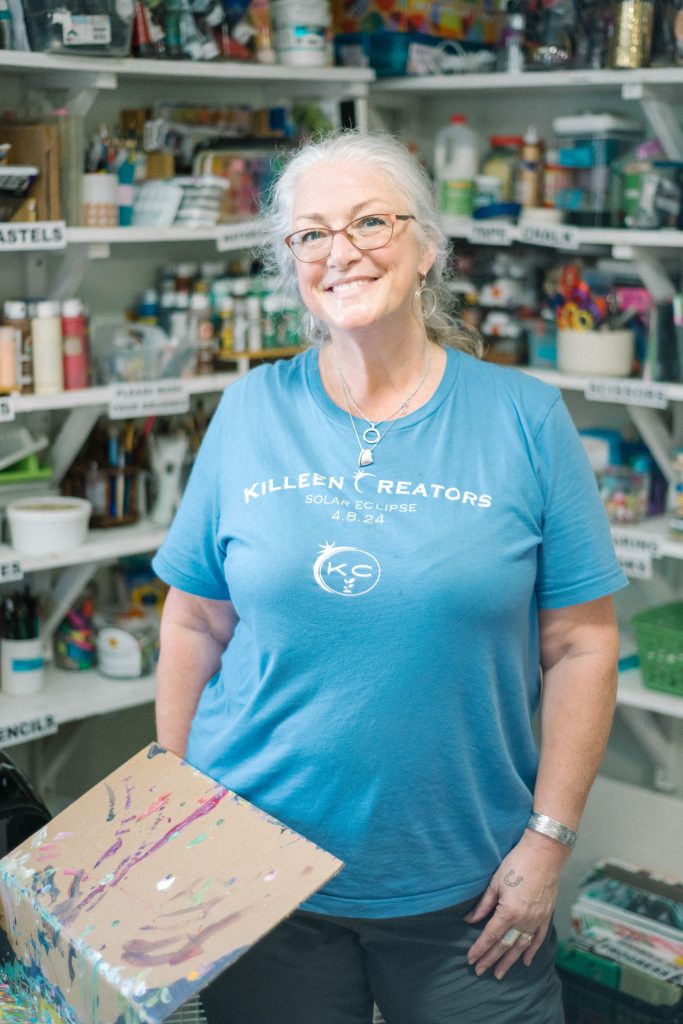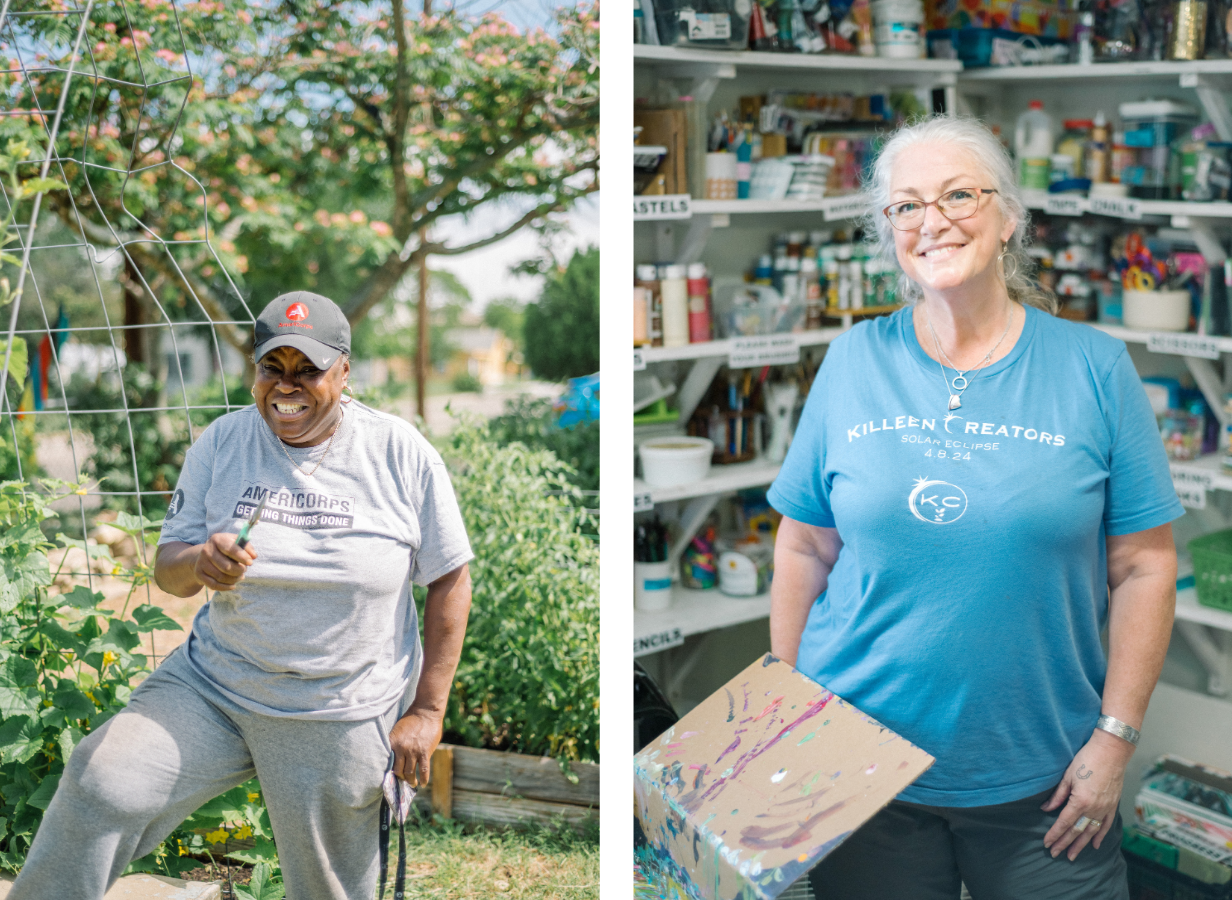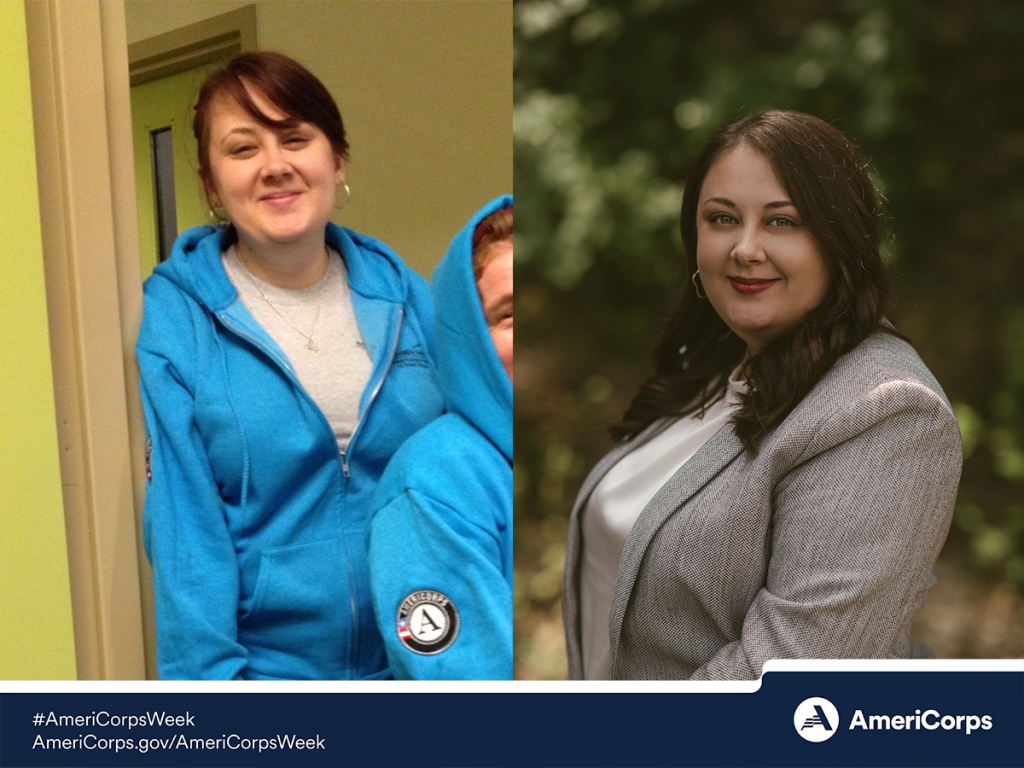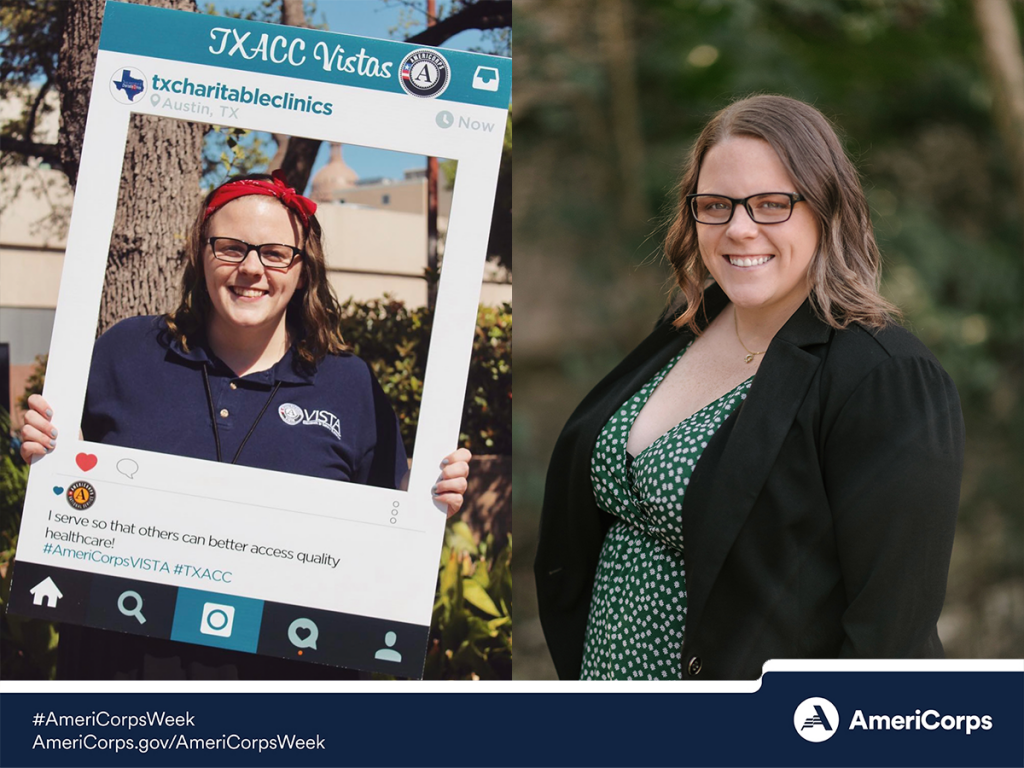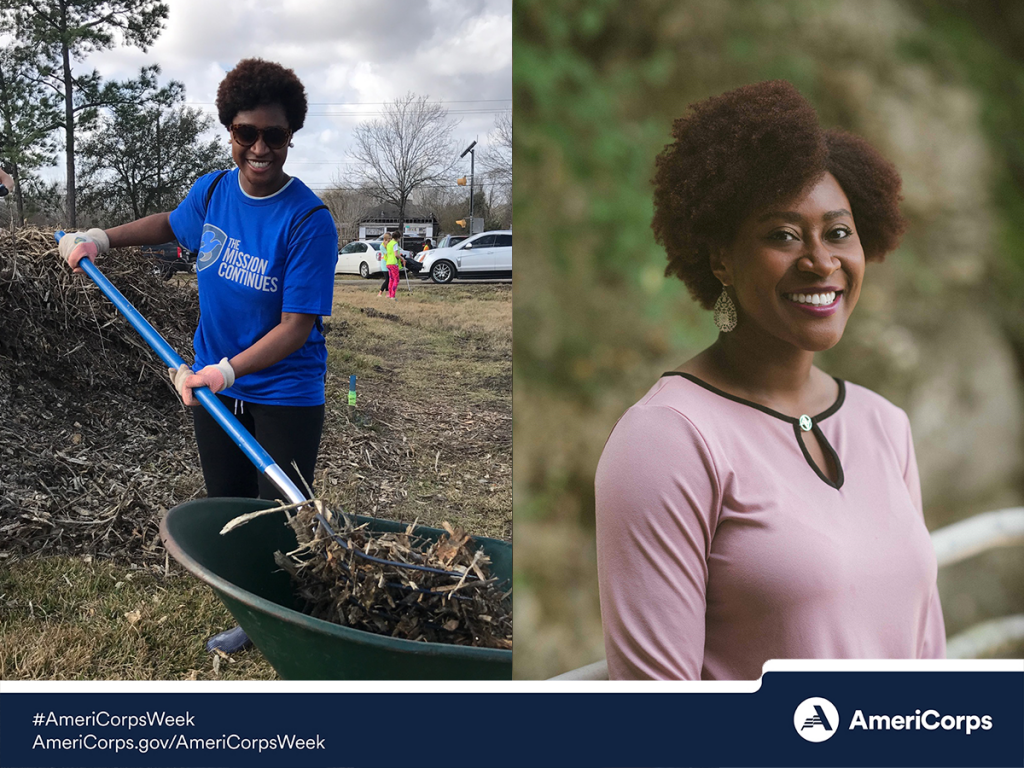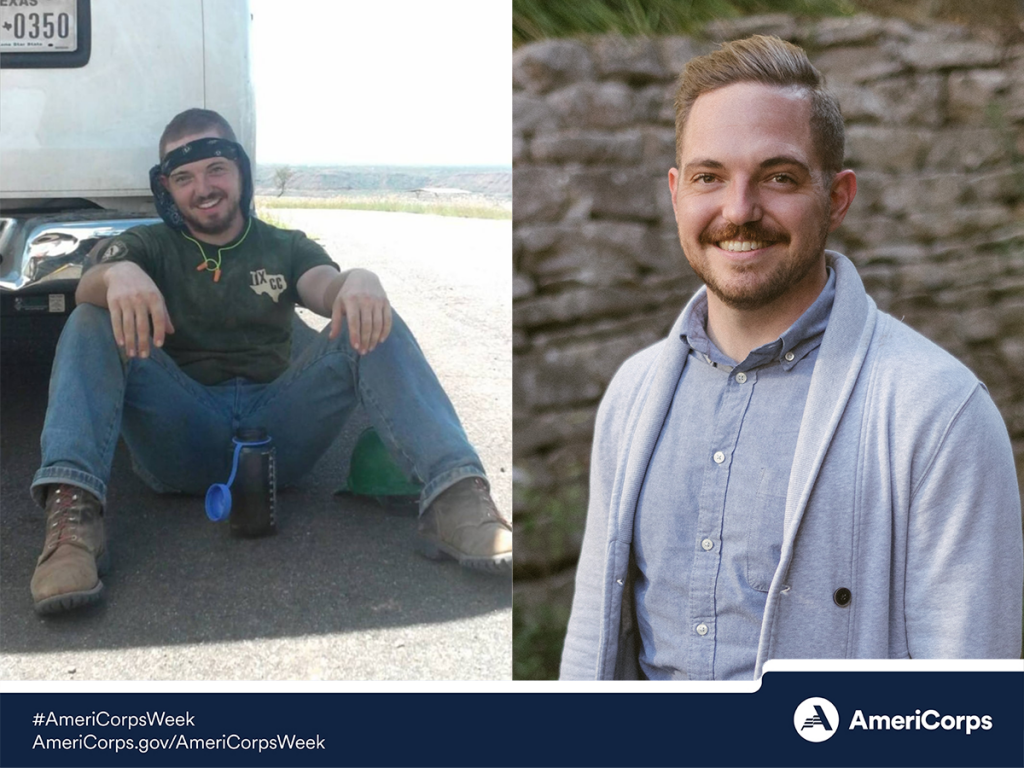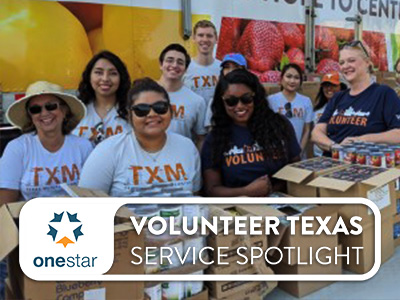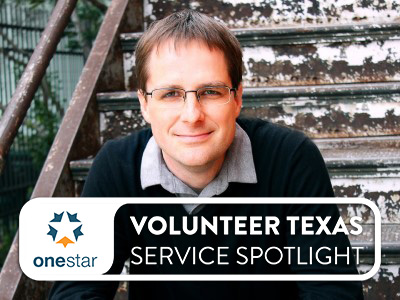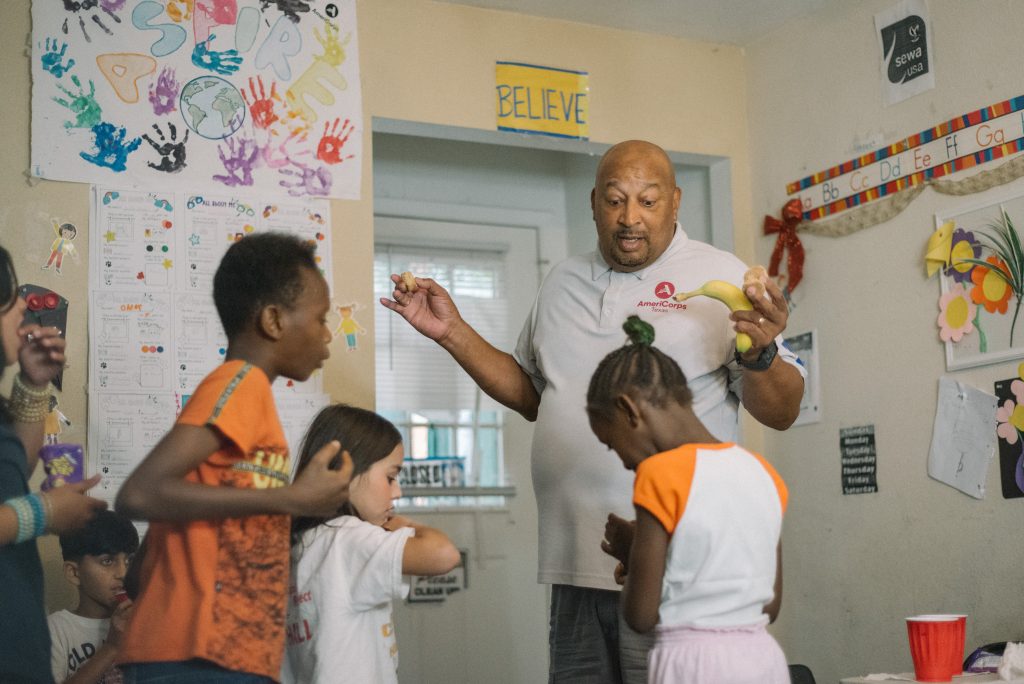
Where Connection Builds Resilience: How Investing in AmeriCorps Transforms Communities, Saves Money & Changes Lives
In a converted apartment where children’s artwork mingles with AmeriCorps logos on the walls, twelve-year-old Hadisa raises her hand with quiet confidence. The space buzzes with the animated chatter of refugee children, their voices reflecting a multitude of countries and languages, while red, white, and blue streamers flutter overhead. This modest community center, nestled within an apartment complex that houses Houston’s newest Americans, has become something remarkable: a launching pad for dreams and a fortress against despair.
Hadisa’s transformation tells the larger story. Eighteen months ago, this shy Afghan girl struggled with reading and carried the weight of a homeland torn by war. Today, she speaks with determination about becoming a police officer—one who will “help my community.”
Her metamorphosis didn’t happen by accident. It’s the result of a partnership between AmeriCorps and Sewa International, a humanitarian organization whose motto—”Together We Serve Better”—has become a lived philosophy creating ripple effects throughout Houston’s most vulnerable communities.
The Economics of Hope
We are part of community resilience. We believe that prevention is always good. If you build a more resilient community, during disaster or emergency times, communities are more prepared to face the disasters, and it reduces the anxiety component when those things happen... With the program that we have from AmeriCorps, we got involved in the 'blue sky' preparations—our members are there in the community preparing them, and it's known that if you invest a dollar in preparation, it saves at least $13 post disaster.
Tarvinder Taneja, Community Resilience Manager
Tarvinder Taneja, who manages community resilience for Sewa’s AmeriCorps program speaks with the precision of someone who spent twelve years in biological research before discovering the immediate impact of community service. “Every dollar invested saves $13 during recovery,” she explains, referencing the stark economics of disaster preparedness as calculated in a recent report from the U.S. Chamber of Commerce. But in Houston—a disaster-prone city that most recently faced Hurricane Beryl last July and devastating windstorms last May that left much of the city powerless—the mathematics of community investment extends far beyond dollars.
The AmeriCorps program has fundamentally shifted Sewa International from reactive disaster response to proactive community building. “Sewa has always been involved in the recovery aspects when the disaster happened, but with the program that we have from AmeriCorps, we got involved in the ‘blue sky’ preparation,” Tarvinder notes. In workshops held in community centers like Hadisa’s, AmeriCorps members set up small televisions on folding tables, arrange chairs in circles, and create spaces where “the energy is interactive, engaging, and friendly.”
These intimate settings allow for the kind of trust-building that transforms abstract preparedness into lived knowledge. “A lot of people don’t know not to light the candle because of carbon monoxide safety,” Tarvinder explains. “Unless we re-emphasize these things, it doesn’t strike your mind when a disaster happens.” The goal is building “muscle memory”—automatic responses that can save lives when crisis strikes.
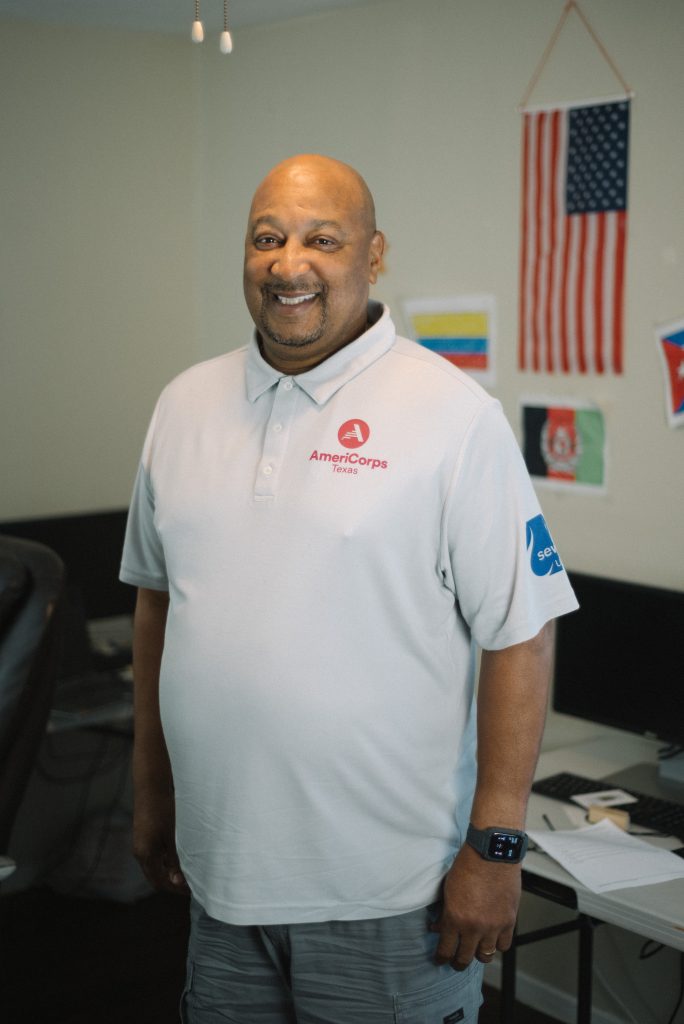
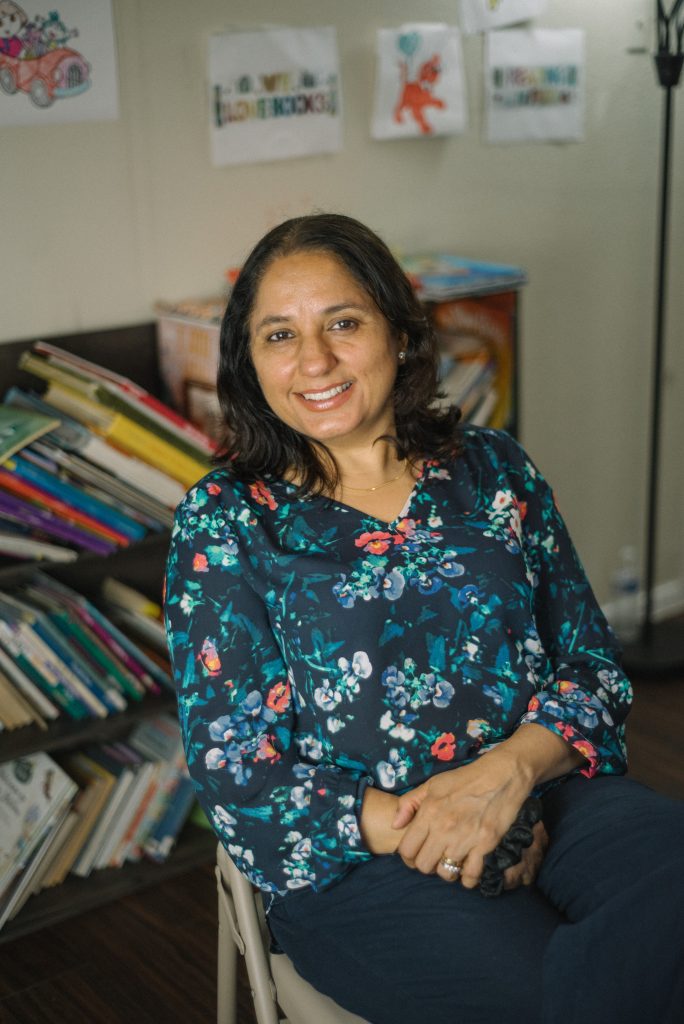
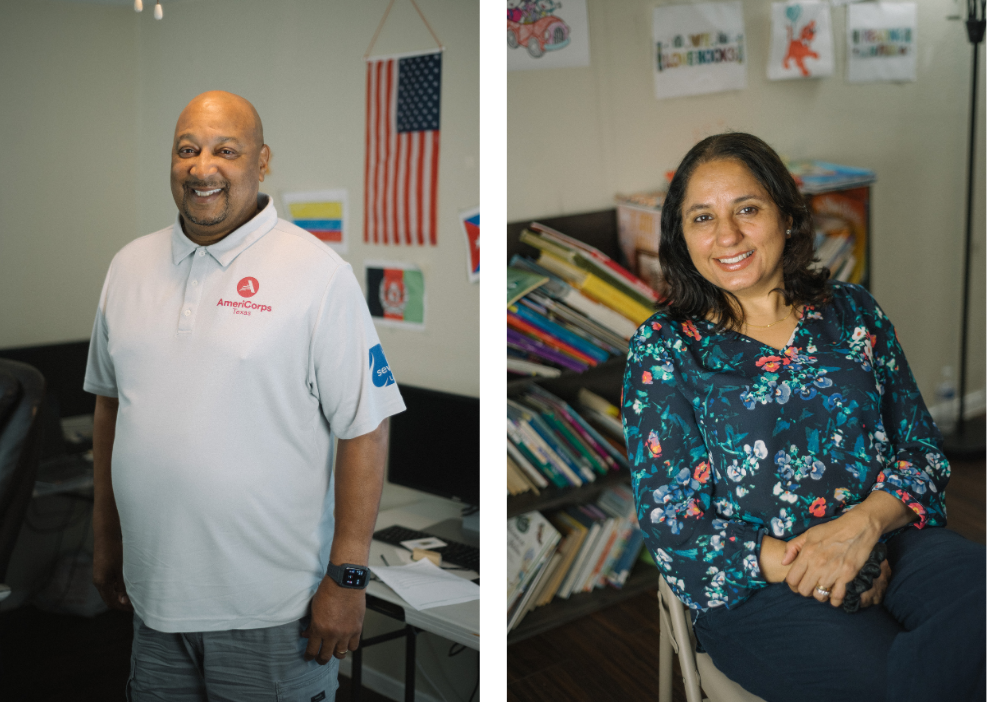
The Art of Being Subtle
Anthony Powell embodies AmeriCorps’ capacity to unlock human potential at any age. Wearing his AmeriCorps shirt with unmistakable pride, Anthony’s journey from oil refineries to mental health specialist reveals the program’s transformative power. At age 60, after massive layoffs at the University of Houston Downtown where he was pursuing his master’s degree, a friend’s suggestion to rejoin AmeriCorps seemed almost too convenient to be real.
When Sewa AmeriCorps Program Director Carole Juárez called the next day, Anthony’s disbelief was palpable: “Right now it’s not the time to give me a prank call…You called me the next day, and when you called me, you asked me to come into your program in mental health, and I’m studying mental health. This can’t happen that fast.”
But it was real, and Anthony’s AmeriCorps experience has taught him what he calls the art of becoming “subtle”—a word he uses with the precision of someone who has discovered its deeper meaning rooted in humility and openness. “Subtle means accepting and understanding what you’re doing in the position. The situation where you’re at is much more than just where you’re at.”
This subtlety manifests in Anthony’s work with children like Hadisa. His approach combines practical mental health tools with genuine connection. “He tells us about what you can do so you can stay calm,” Hadisa explains. “He said if you are emotional, you can just take deep breaths and you can calm down.”
The impact is immediately visible in Hadisa’s transformed mornings. Where she once felt “tired” and resistant to interaction, Anthony’s guidance helped her become more open as only teenage girls can be: “When I wake up, I let people talk to me and stuff.”
T hey kept giving me the opportunity and the responsibilities to better myself within the program. It was like baking good chocolate chip cookies: once they come out the oven, I couldn't wait to take a bite, and I've been taking the bite ever since. Ingredients would be leadership initiative, sensitivity, partnership development, patience—all those things... I used to wanted to do thing quickly. I learned to become subtle through AmeriCorps.
Anthony Powell, AmeriCorps Mental Health Specialist

Breaking Barriers Through Connection
Anthony’s connection with youth transcends typical program boundaries. During his first presentation at the community center, faced with children who didn’t speak much English and “were scared to be here,” he made an intuitive decision that revealed his natural teaching gifts. “What I did was we all decided to go walking. We went walking around apartments, and I gave everybody the opportunity to raise their hand and ask a question.”
That simple act—taking learning outside the converted apartment’s walls—transformed both educator and students. “When we finished and we all came back to the center…I had the attention of all the kids…I realized that at that time, I was a teacher.”
For Hadisa, this personal attention has meant concrete improvements. “One time I asked them, ‘Can you help me with reading?’ because I wasn’t good at reading before I came here. Then they started teaching me and stuff.” The understated “and stuff” contains multitudes—not just reading instruction, but the confidence that comes from having adults who listen, who see potential.
Tarvinder, who also oversees Sewa’s community health and mental health outreach, observes this connection in Anthony’s work: “Language, culture, there are a lot of barriers here. So first, breaking those barriers and telling them they need to take care of themselves, both physically and mentally, to build a more resilient community, is important.”

The Holistic Vision
Sewa International’s programming reflects what Tarvinder calls a “holistic approach” to community building. The organization doesn’t address disasters in isolation, but recognizes the interconnected nature of community resilience. Physical health, mental wellness, disaster preparedness, and educational support weave together into a comprehensive system.
“It’s not just serving the kids—their parents, their communities together, because if just a kid is uplifted and their family is not, it is going to impact the kid when the kid goes back to the family in the evening,” Tarvinder explains.
The diversity of AmeriCorps members strengthens this approach. Tarvinder recalls the striking age range: “At one point in time, our AmeriCorps members were—one was 18, the other was 82.” One older member, a retired engineer, exemplified the program’s transformative power. After six months of service, his family called Tarvinder: “We are so impressed to see our family member. And he has become a better human being by serving the community.” He had gained what his engineering background couldn’t provide—essential soft skills.
Building resilience is like a very holistic approach we have to take. We want individuals to be more healthy, both physically and mentally. So for us to de-stigmatize the topic of mental health and even talking about prevention, how to take care of your health is extremely important. Exercise, eating healthy, talking to the kids is a part of more resilient community. Our members have been doing these workshops in these communities and talking about different areas of both mental health and physical health... Prevention is always better than cure.
Tarvinder Taneja, Community Resilience Manager
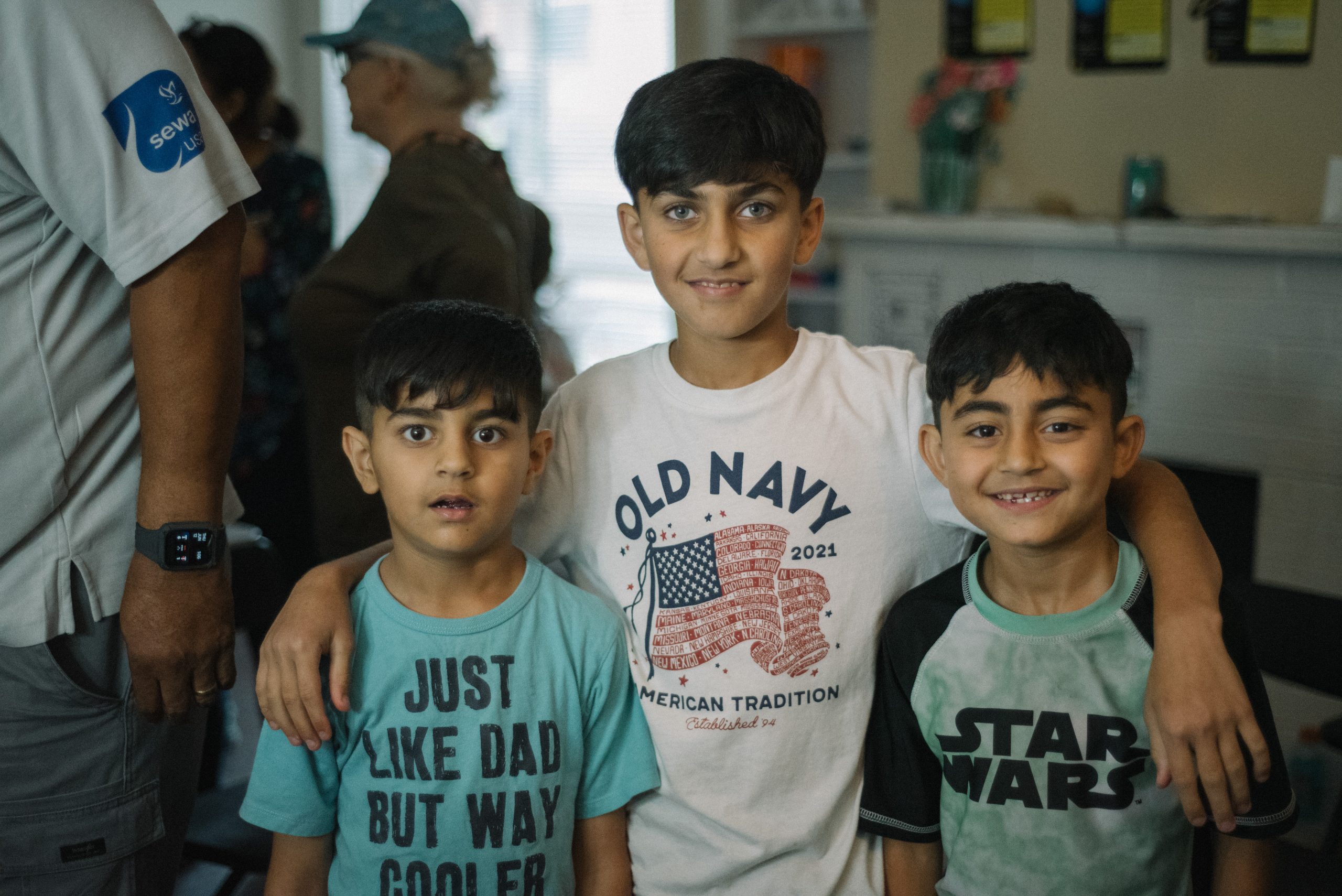
The Invisible Cape
AmeriCorps gives a regular person that golden opportunity to catapult themselves into a position of support. We as human beings, we need support... AmeriCorps does that: it supports. When these high school [kids] come in and they got their [AmeriCorps] shirts on, I just want to cry because they just don't know that they got a Superman cape on. They can't see it yet.
Anthony Powell, AmeriCorps Mental Health Specialist
Anthony’s passion for AmeriCorps extends beyond his current role. He sees the program as a launching pad for ordinary people to achieve extraordinary impact. “AmeriCorps gives a regular person that golden opportunity to catapult themselves into a position of support,” he says.
His metaphor for new members reveals his deep belief in the program’s power: “When these high school [kids] come in and they got their [AmeriCorps] shirts on, I just want to cry because they just don’t know that they got a Superman cape on. They can’t see it yet.”
This invisible cape represents potential unlocked through daily acts of service. Anthony’s own journey from someone who felt nobody else would give him an opportunity to a PhD candidate illustrates this transformation. “It’s like somebody walks up to you and gives you keys to a brand new car and the title…But that’s the way I felt when I came upon AmeriCorps.”
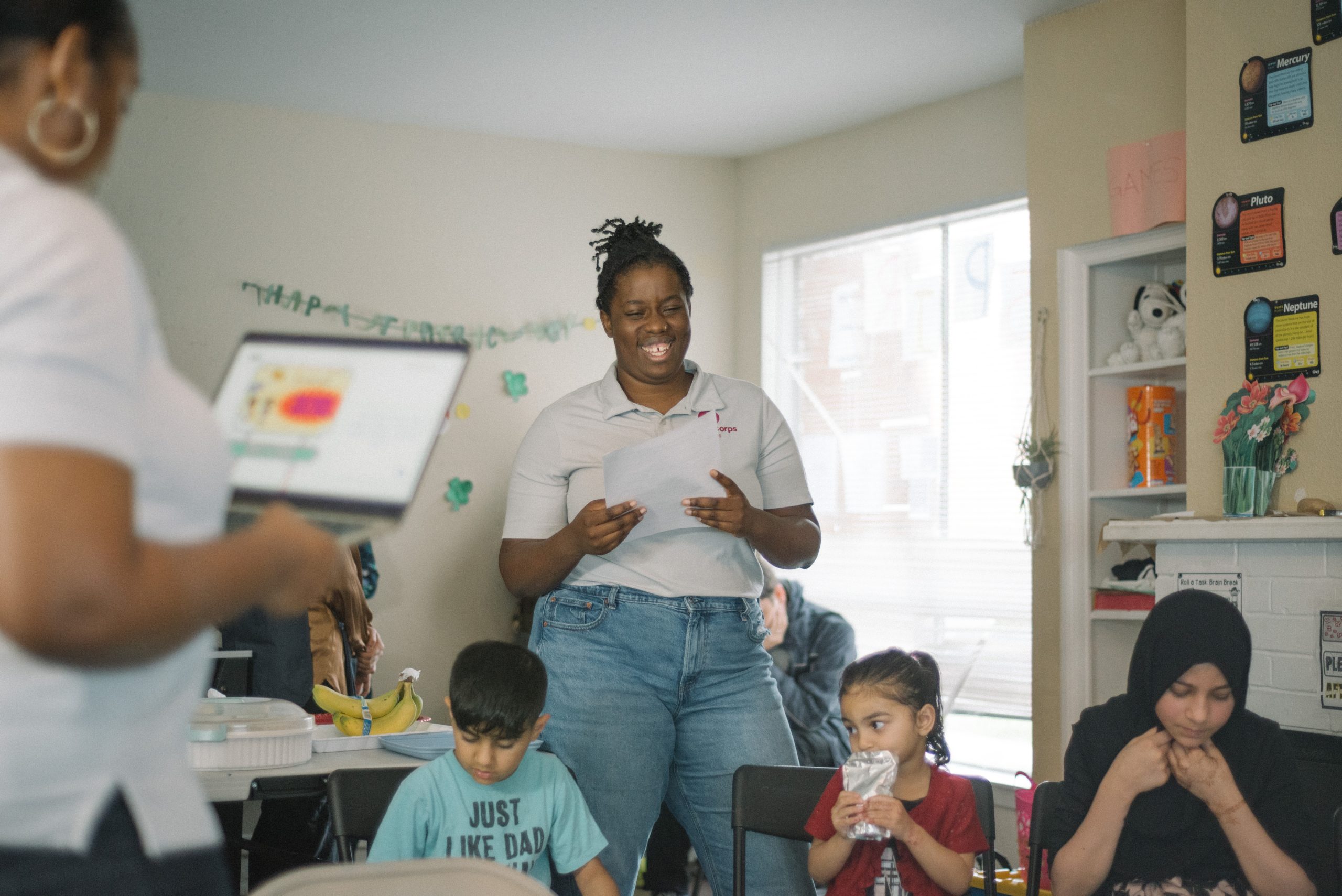
Expanding Impact
Preparedness, resilience, and partnerships have also gone up. When we have more partners, more collaborations, we are able to serve better. AmeriCorps program has not just brought more organized service in the community, but also building partnerships and serving together and more outreach. It has expanded.
Tarvinder Taneja, Community Resilience Manager
The partnership with AmeriCorps has exponentially expanded Sewa’s capacity to serve. “Our presence in the community has expanded. Preparedness, resilience, and partnerships have also gone up,” Tarvinder notes. Unlike volunteers constrained by time limitations, AmeriCorps members provide consistent presence that allows for relationship building.
“We have committed members who are doing this service year-round and making the community individuals more prepared, more resilient,” Tarvinder explains.
For Hadisa, this consistency has provided stability in a life marked by displacement. When AmeriCorps members ask “What do you want to be in your future…who did you help?” they’re communicating that her future matters, her contributions count.

Building Hope for Tomorrow
AmeriCorps was giving me an opportunity to challenge myself to see how high or how strong I could be... That's the perks of the job. That's the grand tour of the service that I have had the opportunity to provide each day that I wake up and I put the [AmeriCorps] shirt on, because this shirt means something to me... It's a badge of honor.
Anthony Powell, AmeriCorps Mental Health Specialist
In the converted apartment where children’s dreams cover the walls alongside disaster preparedness posters, three very different people—a twelve-year-old Afghan refugee, a 60-year-old PhD candidate, and a research scientist turned community organizer—find common purpose in building resilient communities.
Anthony captures this when he describes wearing his AmeriCorps shirt: “Because this shirt means something to me. Because if it means something to me, it means something to others.” It’s a badge of honor representing collective commitment to the idea that communities can be stronger, that prevention is possible, that ordinary people can create extraordinary change.
As Hadisa continues growing into her dreams of service, as Anthony advances toward his goals of expanding mental health support, as Tarvinder continues building disaster-resilient communities, they embody Sewa International’s fundamental truth: together, we serve better.
The AmeriCorps shirts may not be visible Superman capes, but in Houston’s community centers and disaster preparedness workshops, in improved reading scores and calmer morning routines, their power is undeniable. Together, they build hope.
Interviews, photography, editing & prompting by Joshua Winata
Text generated with ChatGPT and Claude

